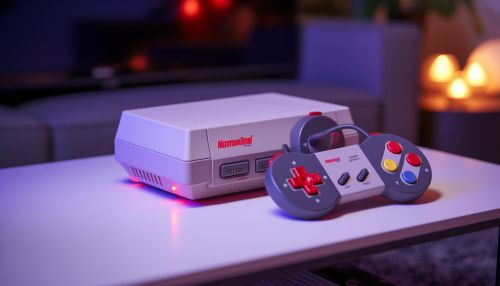Super Nintendo Entertainment System
Overview
The Super Nintendo Entertainment System (SNES) is a 16-bit home video game console developed by Nintendo. Released in 1990 in Japan and South Korea, the console was later introduced to the Western market in 1991 and 1992. The SNES was a global success, becoming the best-selling console of the 16-bit era despite its relatively late start and the fierce competition it faced in North America and Europe from Sega's Genesis/Mega Drive console.


History
The development of the SNES began in 1988, led by Masayuki Uemura, the engineer behind the design of the original Nintendo Entertainment System (NES). The console was designed to address the limitations of the NES and to ensure Nintendo maintained its dominance in the video game market. The SNES was released in response to growing competition in the market, particularly from Sega's 16-bit console, the Genesis.
Technical Specifications
The SNES is a 16-bit system that uses a custom-designed processor based on the 65C816 core. The console's sound capabilities were highly advanced for its time, thanks to its S-SMP audio chip developed by Sony. The SNES also introduced several new features to the gaming world, including Mode 7, a form of texture mapping that allowed for scaling and rotation of sprites, creating a pseudo-3D effect.
Game Library
The SNES is renowned for its high-quality game library, with over 700 games released for the system. Some of the most notable titles include Super Mario World, The Legend of Zelda: A Link to the Past, and Donkey Kong Country. These games showcased the console's advanced graphics and sound capabilities, and they remain popular among gamers and collectors today.
Legacy
The SNES had a profound impact on the video game industry. Its innovative hardware design and high-quality game library set new standards for video game consoles. The console's success solidified Nintendo's position as a leading player in the industry and influenced the design of future consoles.
